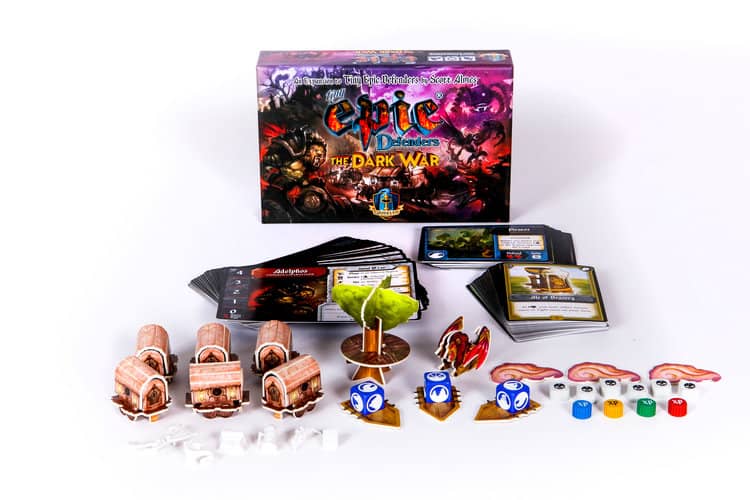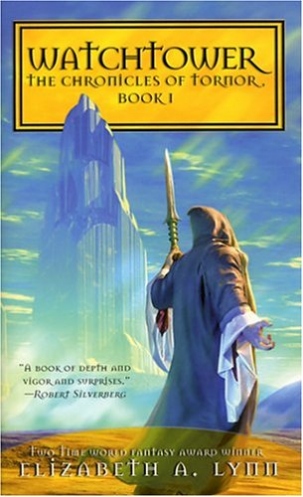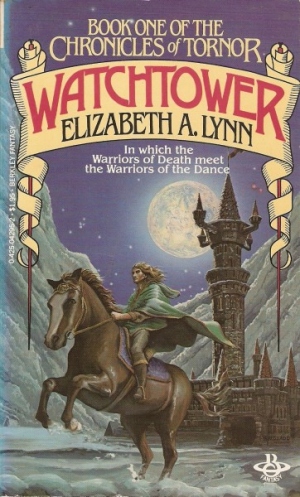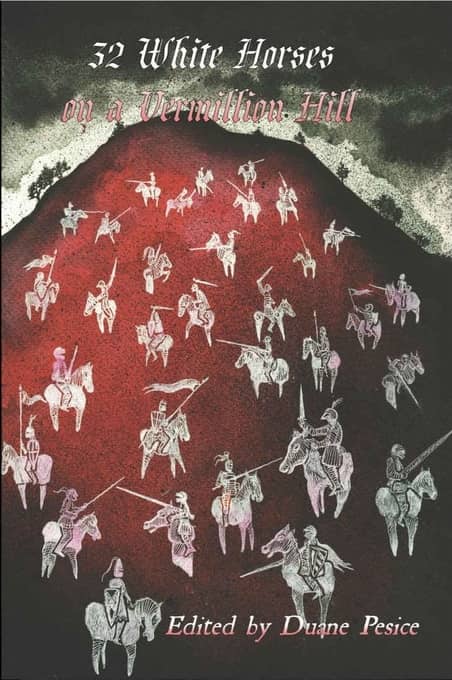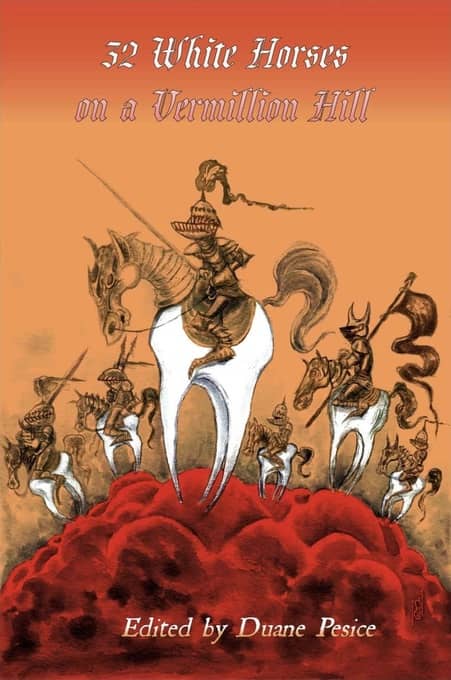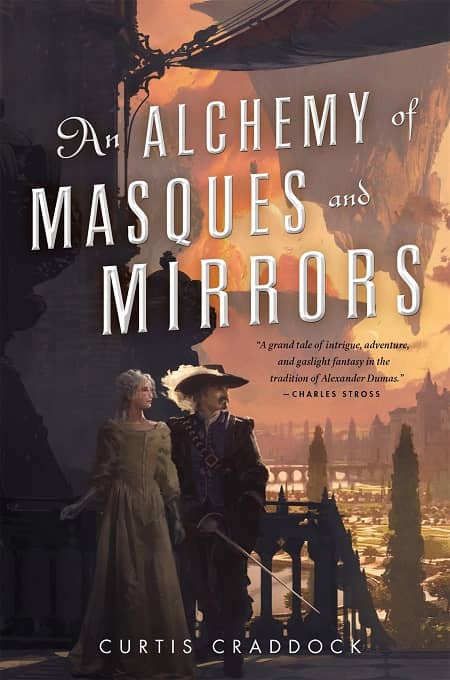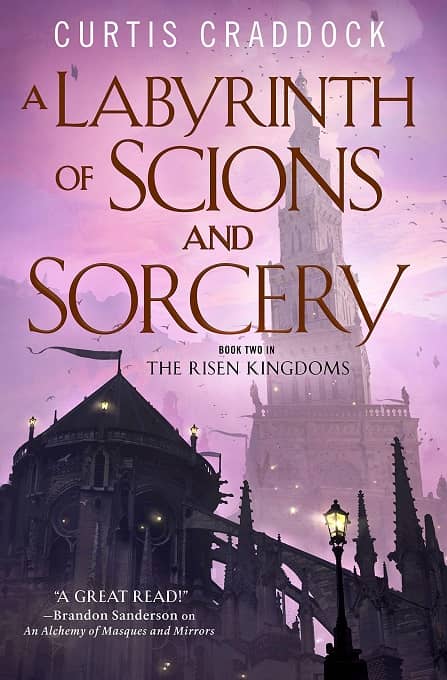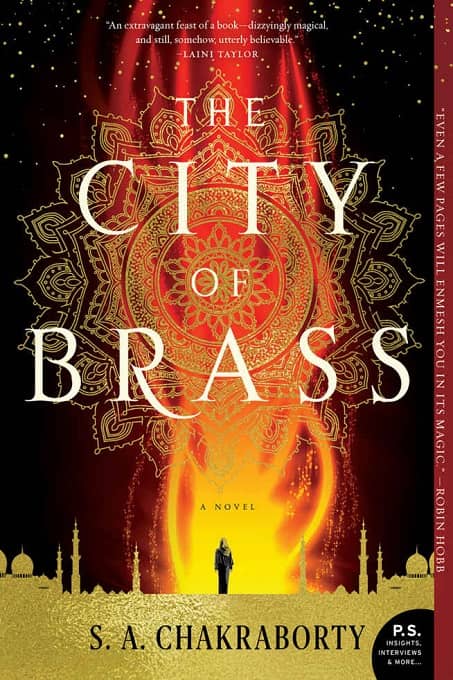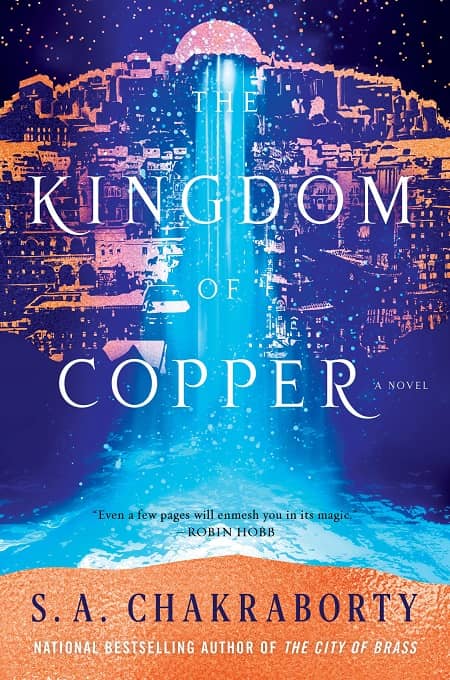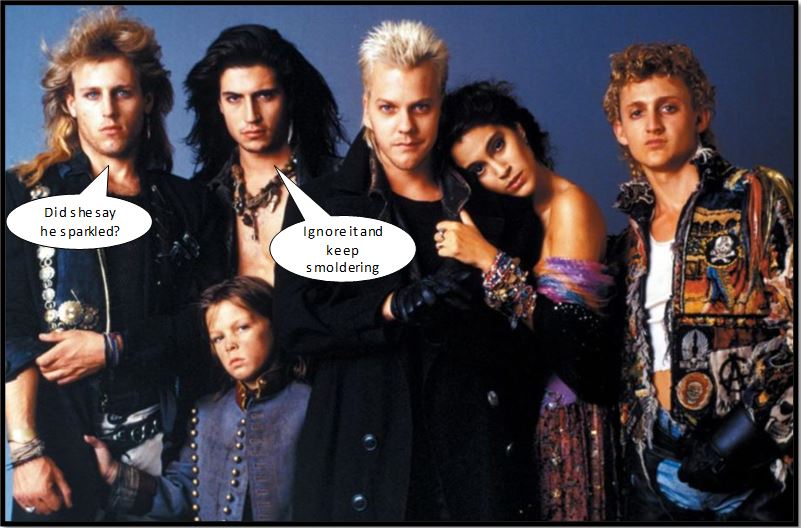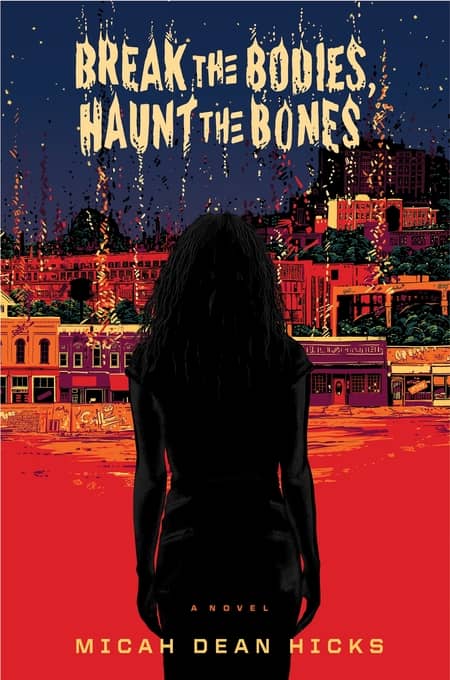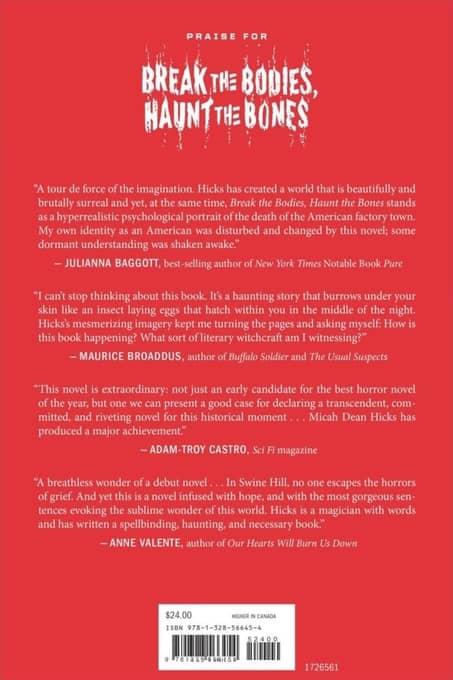The Most Ambitious First Contact Saga in Science Fiction: The Foreigner Series by CJ Cherryh
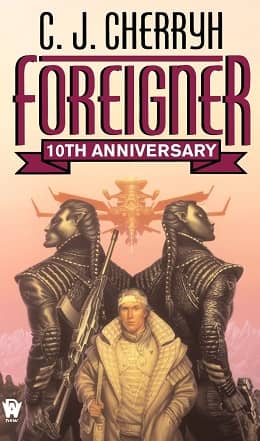 |
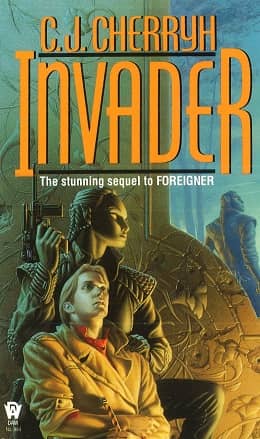 |
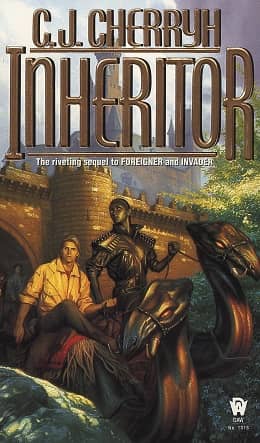 |
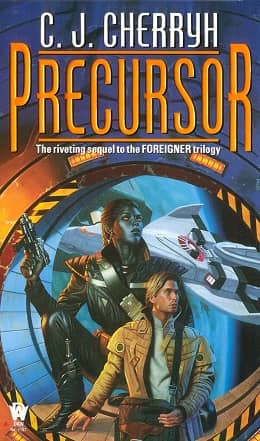 |
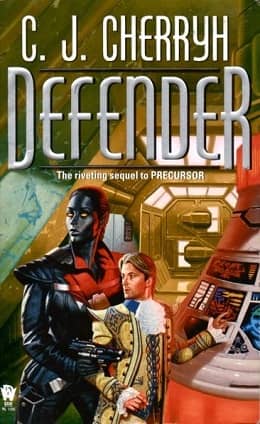 |
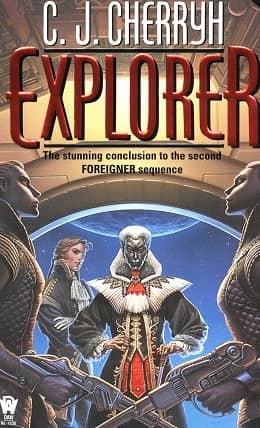 |
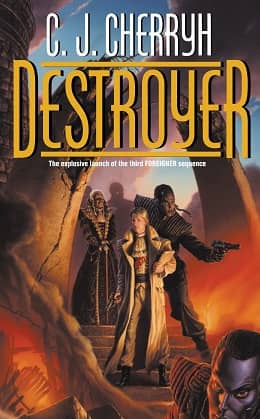 |
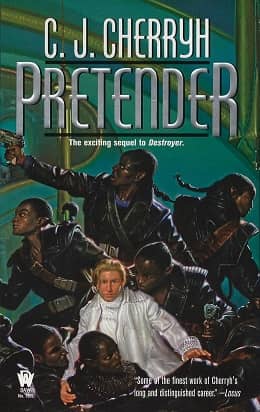 |
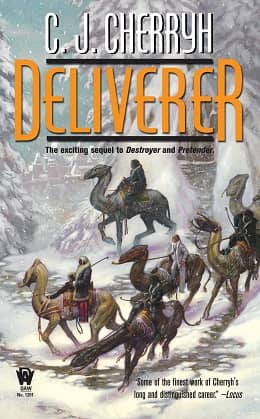 |
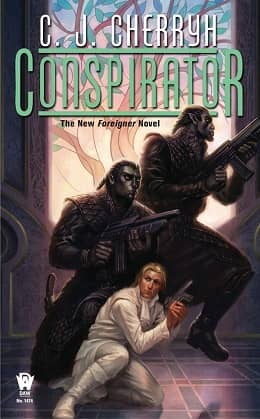 |
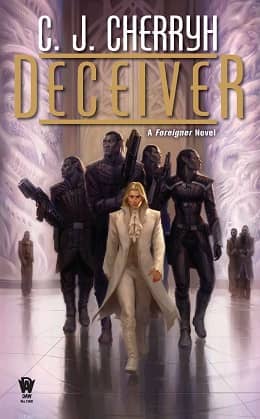 |
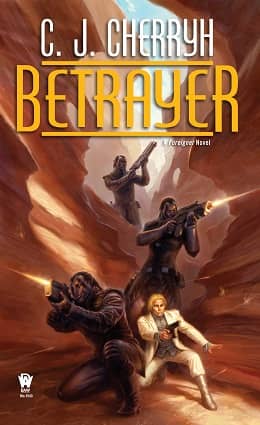 |
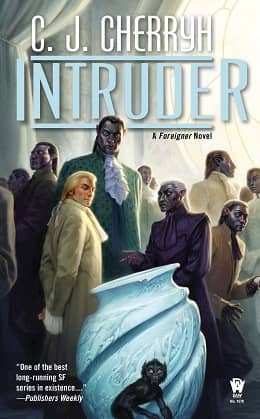 |
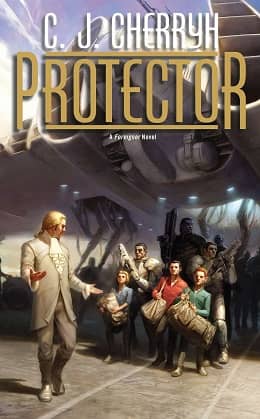 |
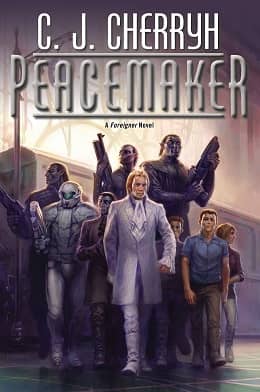 |
|
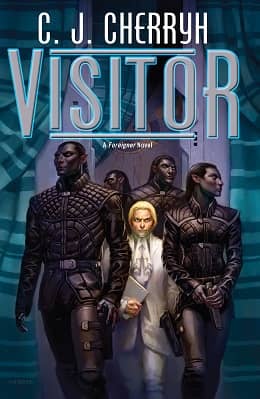 |
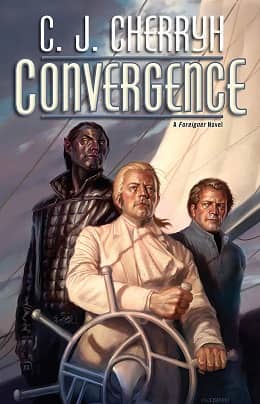 |
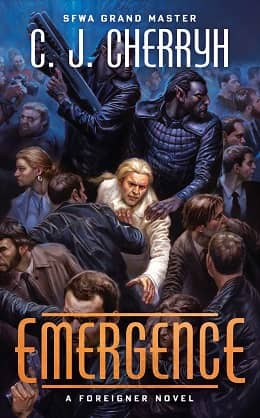 |
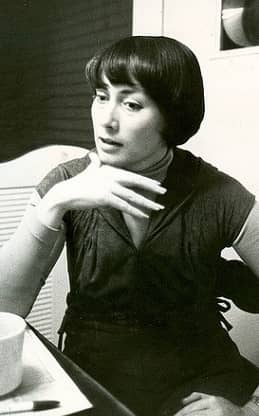 |
Art by Michael Whelan (1,2,6,7), Dorian Vallejo (3), Stephen Youll (4,5), Donato Giancola (8,9), and Todd Lockwood (10-19)
I like to talk about SF and fantasy series here, and last week I dashed off a quick article about a 9-volume space opera that caught my eye, Lisanne Norman’s Sholan Alliance. The first two commenters, R.K. Robinson and Joe H, both compared her novels to the queen of modern space opera, C.J. Cherryh. That certainly got me thinking. Like Norman, Cherryh is published by DAW, and as I said last week,
For many years DAW’s bread and butter has been extended midlist SF and fantasy series that thrive chiefly by word of mouth… You won’t connect with them all of course, but when you find one you like they offer a literary feast like no other — a long, satisfying adventure series you can get lost in for months.
More than any other writer, Cherryh may be responsible for DAW’s success with space opera. She’s been associated with the publisher for over four decades, since her first two novels, Gate of Ivrel and Brothers of Earth, were purchased by founder Donald A. Wollheim in 1975. Cherryh has produced many of DAW’s top-selling series, including the popular Chanur novels, the Company War (including the Hugo Award-winning Downbelow Station), The Faded Sun trilogy, and especially the 19-volume Foreigner space opera, perhaps the most ambitious and epic first contact saga ever written.
C.J. Cherryh became a SFWA Grand Master in 2016, and the Foreigner books are perhaps her most celebrated achievement. The first, Foreigner, was published in 1994, and has remained in print for the last 25 years; the most recent, Emergence, arrived in hardcover last year, and was reprinted in paperback less than four weeks ago. Four of the books were shortlisted for the Locus Award for Best Science Fiction Novel, and all 19 titles remain in print today.
If you’re truly on the hunt for “a long, satisfying adventure series you can get lost in for months,” Foreigner — all 7,200 pages of it — may be the most important literary discovery you ever make.
